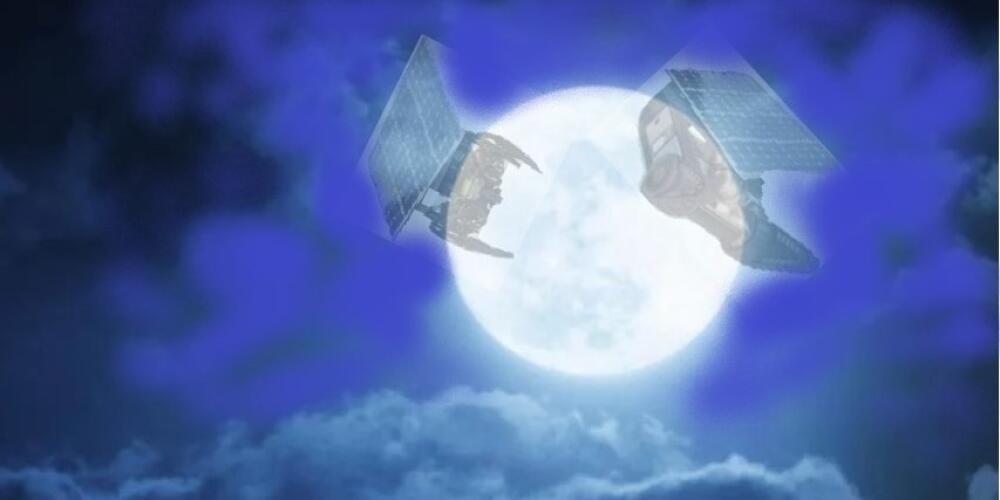
On earth, many materials are used in construction. Some materials like wood are simply taken from the environment, while some materials are produced in large cement, brick, or iron factories.
There are no such factories on the moon. Bringing material from the earth is too expensive. Therefore, only the first most necessary dwellings will be able to be brought from the earth, while the material for everything later will have to be found in the vicinity.
There is no water in large quantities on the moon, so concrete cannot be made. There are no trees, so no wood can be used. The only material available is dust, sand and rocks from the lunar surface. Of this, stone, sand or dust from quartz, soda and limestone can be used, and some other oxides can be used.
These materials could be used to produce glass threads that could serve as the basic building material on the moon. For such production, at least three types of robots had to be delivered to the moon surface, to a location where there are enough raw materials for the production of glass. Every robot should have applications that allow it to work independently and produce what they are intended for. And for independent work, it is necessary to supply them with many sensors, each of which must have reserves in order to be able to work in the event of a failure of a certain percentage of sensors.
The first type of robot would be stand-alone mobile vehicles with a large surface area of photocells that would produce electricity for the needs of other robots.
Another type of robot would be mining robots that would take the necessary dust, sand and rocks from the ground, and in its interior with electricity to melt and produce thin glass threads. These threads would be wound on spools that would be taken by spider robots, and the energy for the work would be obtained from the first type of robot that produces electricity.
The third type of robots are spider robots that would take coils of glass thread and use them as material to build various dwellings and other structures. They would do this by placing glass threads in different directions, and by welding the individual threads that touch each other. Welding would be done with lasers, and energy would be obtained from the first type of robot that produces electricity.
By gluing glass threads together, walls of a certain thickness could be created in flat or rounded shapes. When certain rooms are created in the form of round igloos or corridors, the inner and outer surface of the walls should be smoothed by completely gluing the glass threads that are on the surface. After that, air could be let into such facilities, and the walls would have to be thick and strong enough to withstand an air pressure of 1 bar from the inside. All buildings should have at least two doors with a chamber between them from which air would be sucked in when entering or leaving the buildings. The walls themselves would partially let in light, and therefore no windows would be needed.
Since such glass would be made of glass threads and would be very resistant to breakage, various other objects such as doors, handles, larger containers, larger tools and the like could be made from it. Only rubber or plastic door seals should be brought from the ground, and tools that must have much higher strength.
And in order for food to be produced in such facilities on the moon, a fourth type of robot should be procured that would have its own photocells and go to the poles where they would take ice from rocks and craters and deliver that water to a human colony.
Other of my technical analyzes and innovations can be found in this book.
Tags
Featured articles